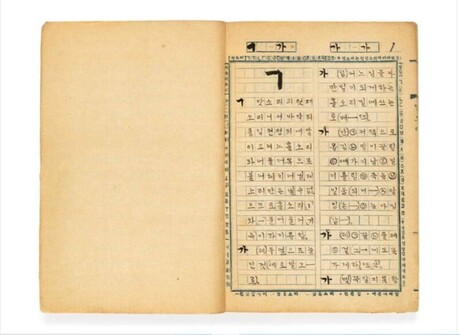A talented Glasgow artist has been creating extraordinary miniature sculptures of famous pubs and venues using entirely recycled materials, transforming discarded cardboard and everyday items into intricate architectural masterpieces. Karen Bones, who now lives in Culross, Fife, began this unique artistic journey four years ago and has since gained widespread recognition for her detailed recreations of Glasgow's most beloved buildings.
Bones' inspiration struck after years of working in pubs while pursuing freelance illustration work. When she discovered a 3D-printed building sculpture online, she wondered if she could achieve similar results using only hand-crafted techniques and recycled materials instead of expensive technology. Her timing couldn't have been better – the COVID-19 pandemic had shut down pubs, giving her additional time to explore this new creative outlet.
Her artistic journey began with a sculpture of Coorie by the Coast, a local cafe she had previously illustrated. She gifted this first piece to the business, where it was displayed behind the counter for all customers to see. The exposure quickly generated attention and interest from potential clients. "The first one was just made out of cardboard, and it was very basic, but it was really good fun - and it kind of took off from there," Bones explained.
After setting up at the Sunday market in Culross, Bones began receiving numerous commissions from visitors who were amazed by her work. Her portfolio now includes miniature replicas of Glasgow's oldest and most iconic establishments, from historic pubs like The Laurieston and The Scotia to legendary concert venues. Each piece demonstrates her deep connection to Glasgow's architectural heritage and cultural landmarks.
Bones, who holds a degree in illustration from Duncan Jordanstone College of Art and Design, employs an entirely sustainable approach to her craft. She uses recycled cardboard as the base material, supplemented by coffee stirrers, straws, plastic lids, and beads – all repurposed items that would otherwise end up in landfills. Working from reference photographs, she painstakingly recreates every architectural detail, spending anywhere from two days to two weeks on each sculpture depending on its complexity.
"The ideas come from anywhere I go. I'm an absolute nightmare to go on holiday with now, because I'll go and my phone will be full of interesting buildings!" Bones shared with enthusiasm. The base structure can typically be completed within a few hours, but the intricate layering process and tiny details require significantly more time and patience.
Among all her creations, Bones considers her recreation of the Barrowland Ballroom to be her masterpiece. This faithful replica features working lights shaped like the venue's iconic sign, making it her first illuminated sculpture. "It's so iconic, and it's the one that everyone recognizes - and it's the first one I had that was lit up, which was really tricky to do," she noted. Her personal connection to Glasgow adds emotional depth to her work, as she explains: "I'm from Glasgow, so I have a real connection to a lot of the places."
The artist frequently receives deeply personal commissions that hold special meaning for her clients. People request recreations of wedding venues where they celebrated their marriages, family homes filled with memories, and even buildings that no longer exist but live on in people's hearts. These projects allow her to preserve architectural history and personal memories in tangible form.
Bones shares her creations on Instagram under the handle bricksandbones_scotland, where followers can view her latest works and follow her artistic process. Her sculptures have found permanent homes throughout Glasgow, displayed in windows at The Laurieston and behind the bar at the famous King Tut's Wah Wah Hut, where they serve as conversation pieces for visitors and locals alike.
Living in Glasgow has given Bones a new perspective on the city's architecture. "Even though I don't live in Glasgow anymore, I'm there quite a lot. When I wander about, I look at places now with a new eye - places that I walked past a million times," she reflected. This fresh viewpoint allows her to appreciate the architectural details she might have previously overlooked.
Each sculpture represents what Bones calls "a labor of love," regardless of whether the subject is a modest council house or an grand estate. "I like the fact that I can make something from people's memories that they can have to keep. It doesn't matter if it's a council house or a stately home; they're all done with a story behind it and a part of me in it," she explained. Looking toward the future, Bones expresses her passion for continuing this unique art form, with plans to keep creating these memory-preserving sculptures for years to come.






























